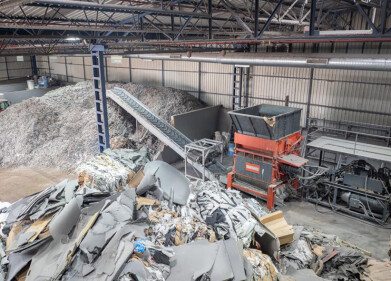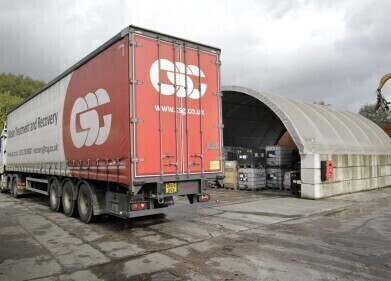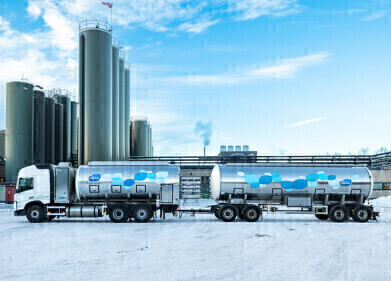Hazardous waste
9 Out of 10 Seabirds Consume Plastics, Says New Study
Sep 20 2015
A study conducted by the Commonwealth Scientific and Industrial Research Organisation (CSIRO) in Australia has found that 90% of all seabirds are likely to have ingested plastic which remains in their intestines.
After studying marine debris, avian feeding patterns and bird carcasses, the research team led by Denise Hardesty found that the number of affected birds was astronomically higher than the 29% which previous research indicated. The data was collated and put into a computer simulation system to come out with the alarming 90% figure.
An Ever-Increasing Problem
Our total reliance on plastic products for almost every aspect of our daily lives has led to an exponential boom in its creation – and, in turn, the waste generated from it. Hardesty does not expect the rate at which we produce plastic to decrease over the coming years either, but rather the opposite.
“In the next 11 years we will make as much plastic as has been made since industrial plastic production began in the 1950s,” explained Hardesty. It’s estimated that there are currently around 580,000 pieces of plastic waste for every square kilometre of seawater – as the rate of our production increase, this figure is only going to rise.
In fact, if our habits continue in the same vein over the next few decades, Hardesty and her colleagues predict that 99% of all aquatic birds will contain plastic in their guts by 2050. Clearly, such a state of affairs will wreak havoc on the avian population – which could have a significant knock-on effect on the food chain as a whole.
And it’s not just seabirds who are at risk. Systemic pesticides also pose a global threat to biodiversity and fragile ecosystems. In particular, the evidence is mounting against neonicotinoids (pesticides which primarily pose a threat to bees but can also poison birds, as well).
A Change in Habit is Needed
It’s easy to lay the blame for such pollution and plastic waste at the feet of oil companies. After all, anywhere between 4% and 8% of their total output goes towards creating plastic for all manner of commodities. However, plastic has become such a widespread and indispensable part of our daily lives that these companies are really only meeting a demand.
If we’re to bring about a change into our environmental impact, a corresponding change will need to be effected in our attitudes. This means less reliance on harmful, non-degradable substances such as plastic and a pursued interest in bioplastics and other sustainable materials.
Meanwhile, the fact that Hardesty found “everything from cigarette lighters to bottle caps to model cars” inside birds demonstrates that our attitude towards waste management might be the most pressing concern. The article Determining the Value of Waste Materials as Fuel Feedstock Using CHN Microanalysis explores new methods of trying to turn substances which have traditionally been discarded into something useful. Such forward-thinking technologies will be the bedrock of any real change we manage to achieve with regards to our polluting and contaminating habits.
Events
Mar 18 2025 Expo Santa Fe, Mexico
Mar 18 2025 Moscow, Russia
Mar 19 2025 Manila, Philippines
Mar 20 2025 Guangzhou, China
Mar 24 2025 National Harbour, MD, USA
.jpg)













